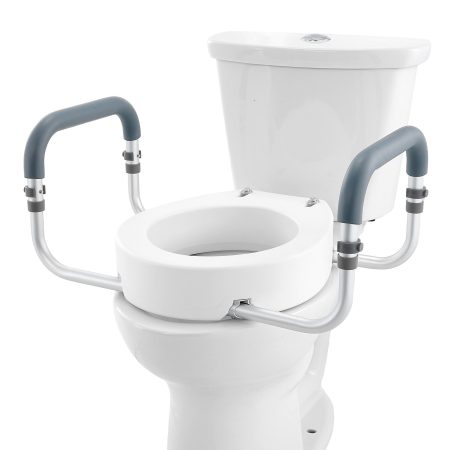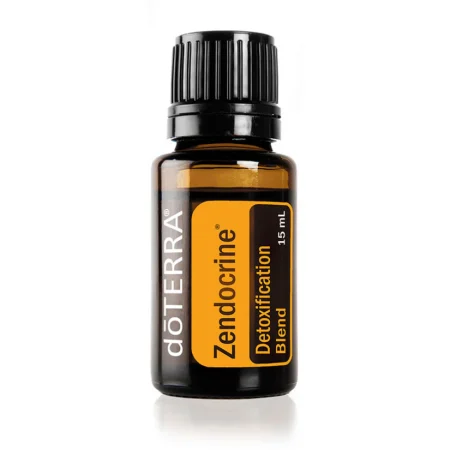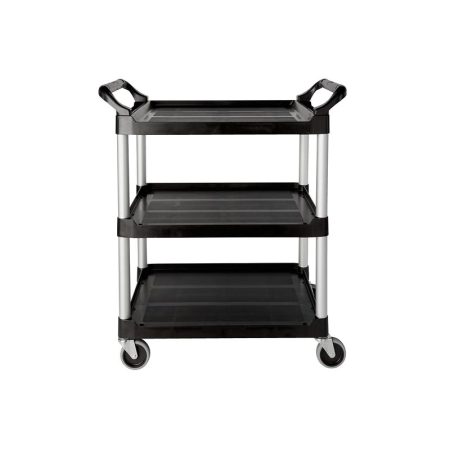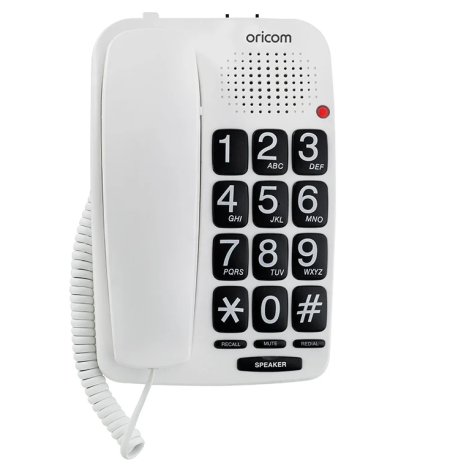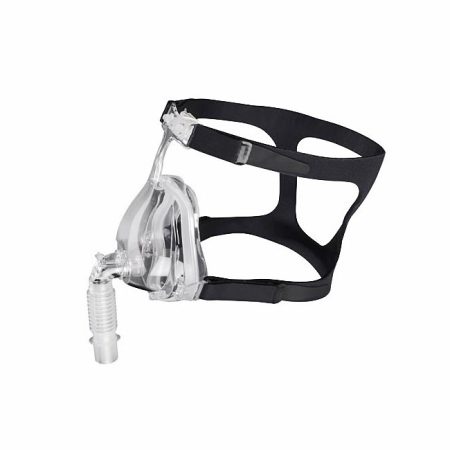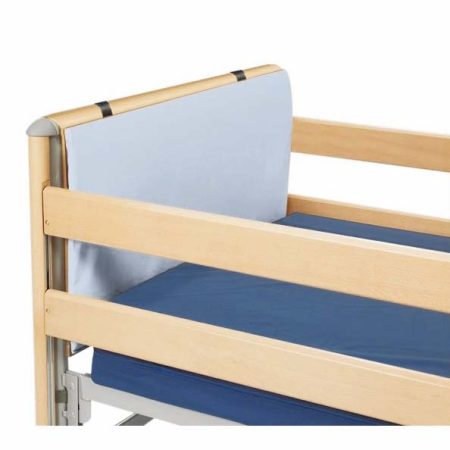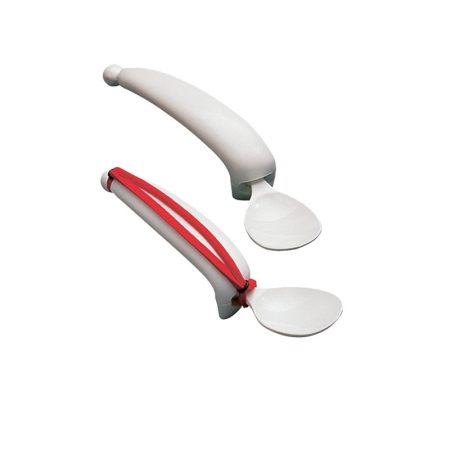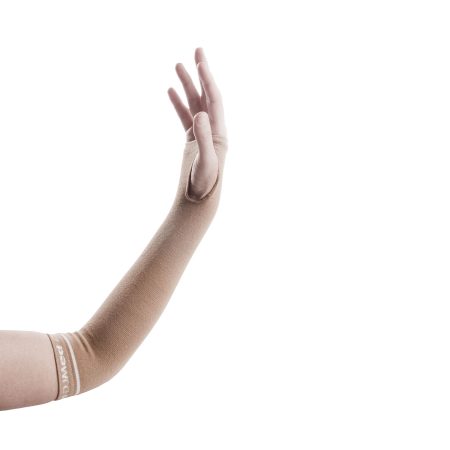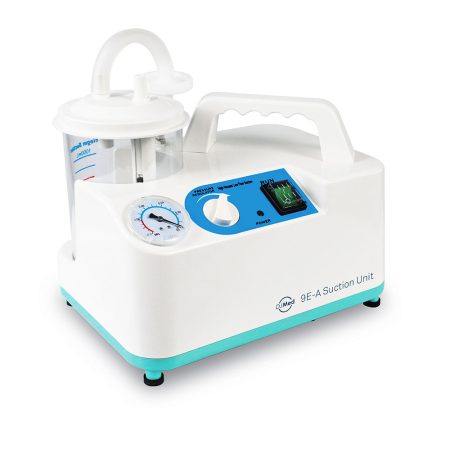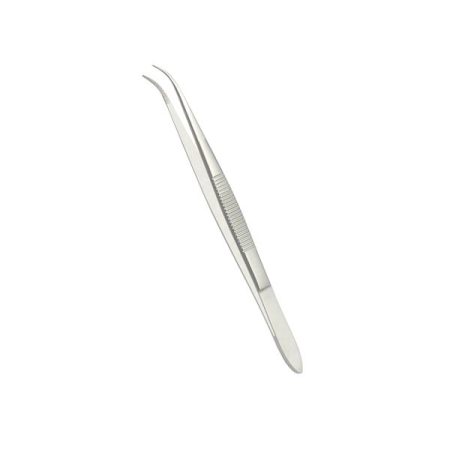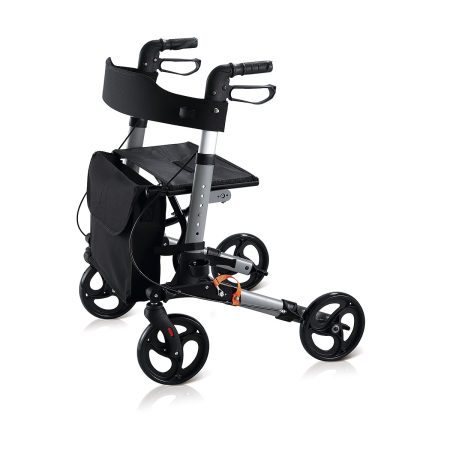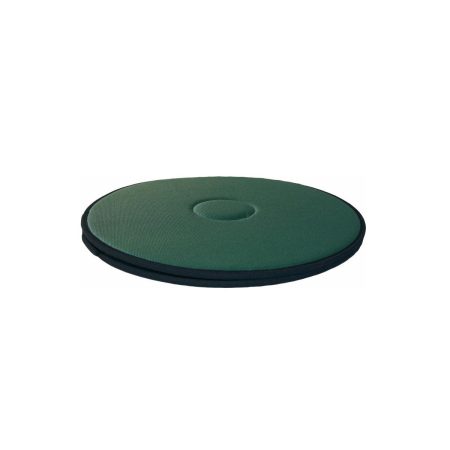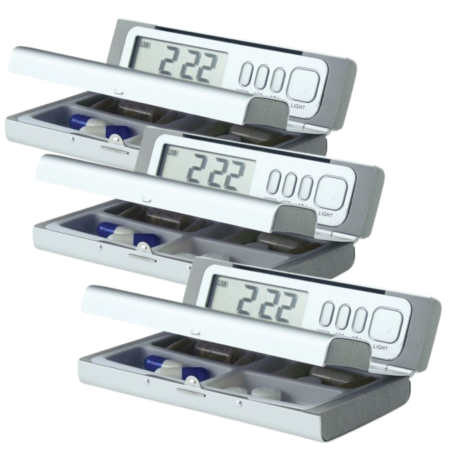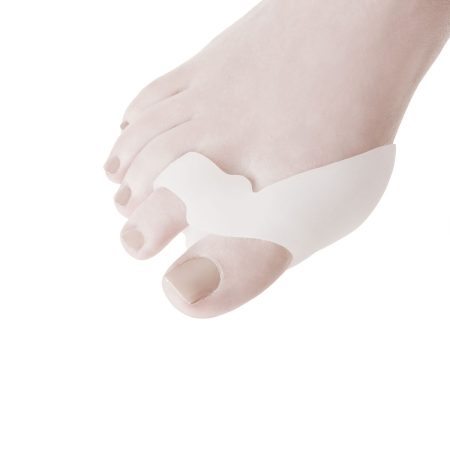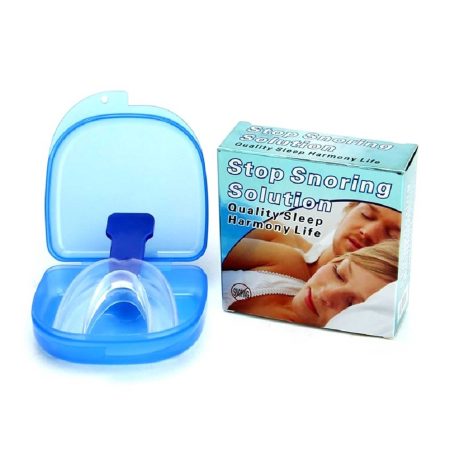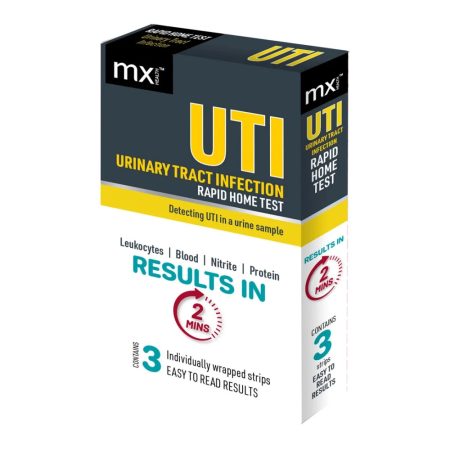Maintaining Your CPAP: Tips for Cleaning and Prolonging the Lifespan of Your Equipment

How can I ensure that I maintain a proper CPAP cleaning and maintenance routine to prolong the lifespan of my CPAP equipment?
Understanding Your CPAP Equipment
Components of Your CPAP Machine
CPAP (Continuous Positive Airway Pressure) machines are essential for those with obstructive sleep apnea, ensuring a constant flow of air that keeps airways open during sleep. Key components include:
- The CPAP Machine: The heart of the system, generating the airflow.
- Mask: Delivers air from the machine to the user. Comes in various styles (nasal, full face, or nasal pillow) to suit individual preferences and needs.
- Hose: Connects the mask to the CPAP machine, allowing air to pass through.
- Filter: Ensures the air delivered is free from dust, allergens, and other particles.
Understanding these components is crucial for effective maintenance and troubleshooting.
How Each Part Contributes to Therapy
Each component of the CPAP machine plays a vital role in the effectiveness of sleep apnea treatment:
- The CPAP Machine: Its primary role is to provide a steady airflow that prevents airway collapse.
- Mask: A properly fitting mask is crucial for comfort and effectiveness, ensuring the air pressure is delivered directly to the airways without leaks.
- Hose: Needs to be flexible and free from any punctures to deliver consistent air pressure.
- Filter: Protects the user from inhaling potentially harmful particles and maintains the machine’s optimal performance by preventing dust buildup.

Daily Cleaning Routine
Maintaining a clean CPAP setup is crucial for ensuring your equipment functions properly and lasts as long as possible. A daily cleaning routine helps prevent the buildup of bacteria and germs, which can affect your health and the performance of your CPAP machine.
Cleaning Your CPAP Mask
To keep your CPAP mask in top condition, follow this simple, daily cleaning routine:
- Disassemble the Mask: Separate the mask into its components (mask frame, cushion, and headgear).
- Wash with Warm, Soapy Water: Use a mild, non-fragrant soap mixed with warm water to gently clean each part. Avoid using harsh chemicals or alcohol-based cleaners as they can damage the materials.
- Rinse Thoroughly: Ensure all soap residue is completely washed off with clean water.
- Air Dry: Place the components on a clean, dry towel away from direct sunlight to air dry.
This routine helps to remove oils, sweat, and dead skin cells from the mask, preventing skin irritation and ensuring a good seal during use.
Hose and Humidifier Care
The hose and humidifier are also critical parts of your CPAP system that require daily attention:
- Hose Cleaning:
- Detach the Hose: Remove the hose from both the CPAP machine and the mask.
- Wash with Warm, Soapy Water: Fill the hose with a mix of warm water and a mild soap, swishing the solution through it.
- Rinse and Dry: After thoroughly rinsing the hose with clean water, hang it up in a clean, dry area to air dry. Ensure it is completely dry before reattaching to avoid moisture buildup.
- Humidifier Care:
- Empty Daily: Start each day by emptying any leftover water from the humidifier chamber to prevent bacterial growth.
- Clean with Warm, Soapy Water: Wash the chamber with a mild soap and warm water, then rinse thoroughly.
- Dry Before Use: After cleaning, let the chamber air dry completely before refilling with distilled water and reattaching to your CPAP machine.
Weekly Maintenance Tips
Deep Cleaning Your Equipment
A more thorough deep clean of your CPAP equipment should be performed weekly to complement your daily cleaning routine. This involves:
- Mask and Hose: Soak the mask, headgear, and hose in a solution of warm water and vinegar (a mix of 1 part vinegar to 3 parts water) for about 30 minutes. This helps disinfect and remove any lingering residues. After soaking, rinse them well with clean water and allow them to air dry completely.
- Humidifier Chamber: Detach the chamber from the CPAP machine and soak it in the vinegar solution along with the mask and hose. After soaking, rinse it thoroughly with clean water and let it dry. It’s important to keep the humidifier clean as it’s directly involved in the air you breathe.
Filter Maintenance
The filter in your CPAP machine plays a crucial role in cleaning the air you breathe, trapping dust, pollen, and other airborne particles. Proper filter maintenance is crucial:
- Check: Weekly, examine your CPAP’s filter for any signs of wear or accumulation of debris.
- Clean: If your CPAP uses a reusable filter, wash it in warm, soapy water. Rinse it thoroughly, let it air dry, and reinstall it.
- Replace: Disposable filters should be replaced every month or as recommended by the manufacturer. Reusable filters typically last around 6 months before needing replacement.
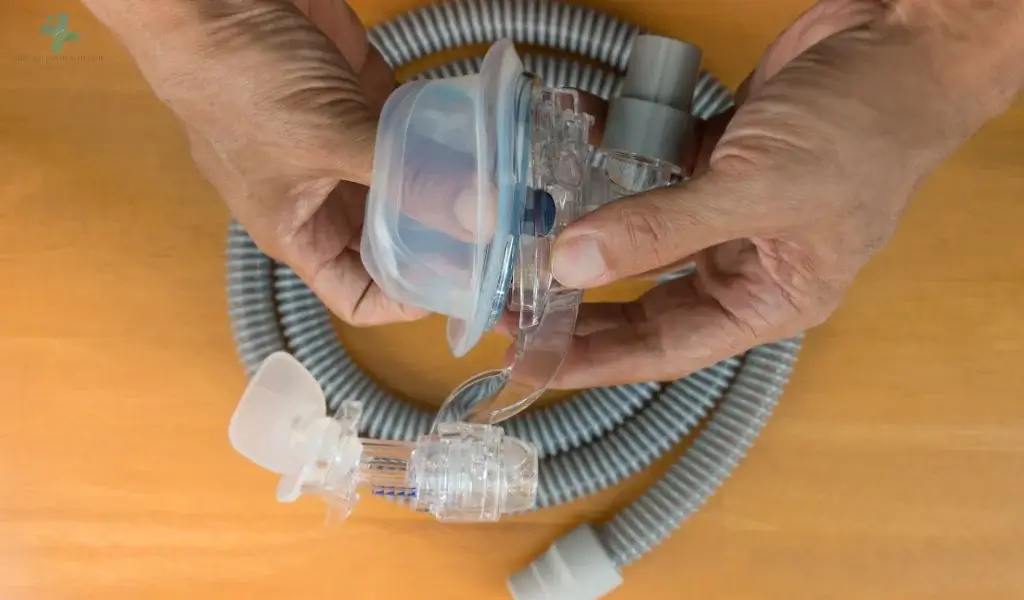
Prolonging the Lifespan of Your CPAP Equipment
Proper Storage and Handling
To ensure your CPAP equipment remains in top condition, store it in a clean, dry, and dust-free environment when not in use. Avoid exposing the equipment to direct sunlight or extreme temperatures, as this can damage the materials and components. Proper handling also involves being gentle with all parts during cleaning and usage to avoid unnecessary wear and tear.
When to Replace CPAP Parts
Regular replacement of CPAP parts is crucial for maintaining the effectiveness of your therapy. Masks and tubing should generally be replaced every 3 to 6 months, filters every 1 to 2 months, or more frequently if visibly dirty or damaged. The headgear and chin straps may need replacing every 6 to 12 months, depending on their condition and elasticity. Always follow the manufacturer’s recommendations for specific parts replacement timelines.
Troubleshooting Common Issues
Encountering issues with your CPAP machine can be frustrating, but many problems can be resolved with simple troubleshooting steps. Common issues include air leaks from the mask, noise from the machine, and discomfort while using the device. Checking for proper fit, ensuring connections are secure, and verifying that filters are clean and unblocked can resolve many of these issues. If problems persist, consult the user manual or contact a healthcare provider for assistance.
Conclusion and Additional Resources
Maintaining your CPAP equipment through regular cleaning and timely replacement of parts is essential for the effectiveness of your sleep therapy and the longevity of the device. A daily routine of washing the mask, hose, and humidifier chamber, coupled with weekly deep cleaning, helps prevent the buildup of bacteria and ensures optimal performance. Equally important is the proper storage and handling of the equipment, protecting it from damage and extending its usable life.
Regularly replacing parts like the mask, tubing, and filters according to manufacturer recommendations can prevent common issues and maintain therapy effectiveness. Should you encounter problems, simple troubleshooting steps often provide a solution, but for more complex issues, consult the user manual or seek professional advice. Staying informed and proactive about your CPAP care not only contributes to a healthier sleep experience but also maximises the investment in your equipment.




